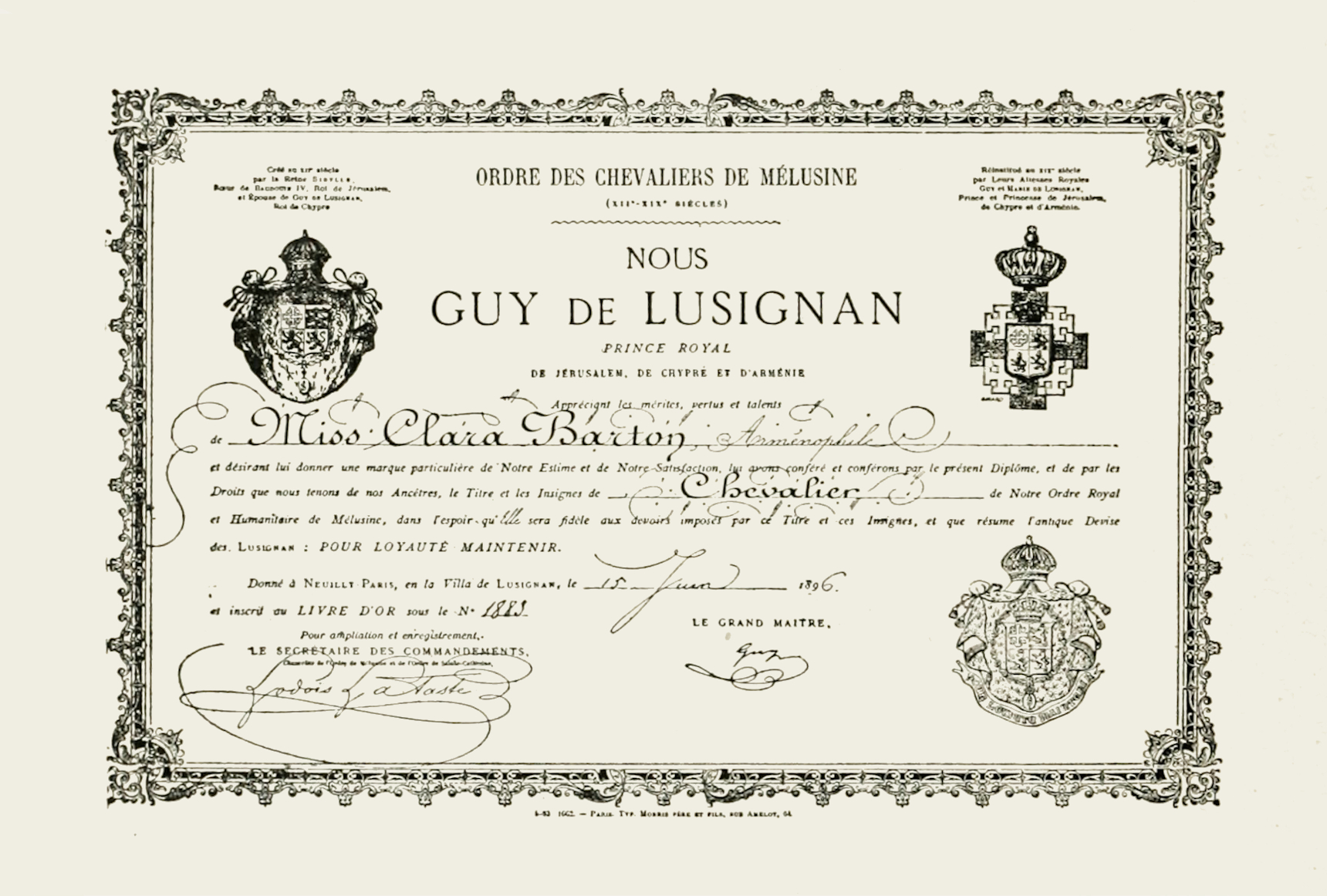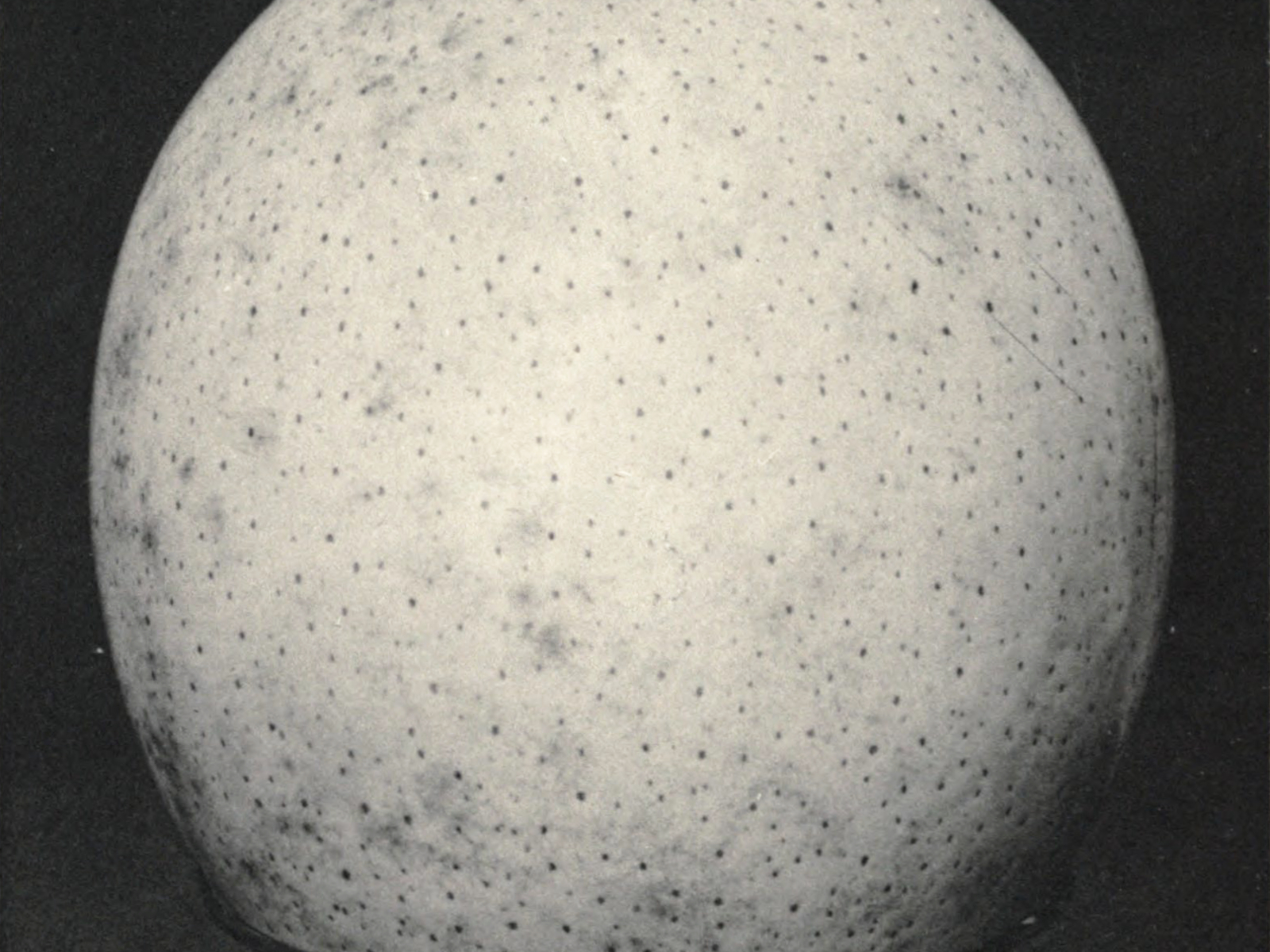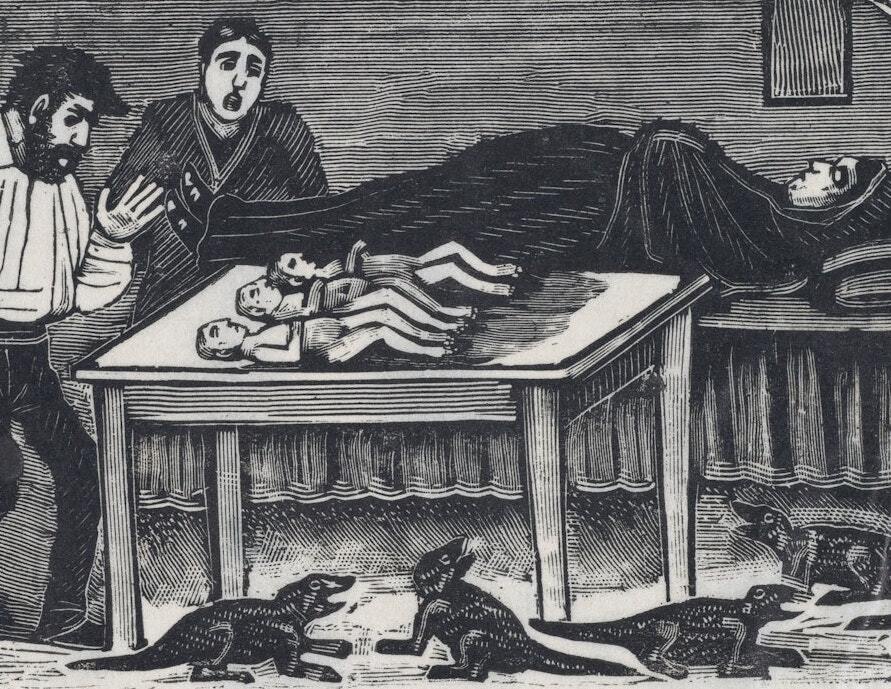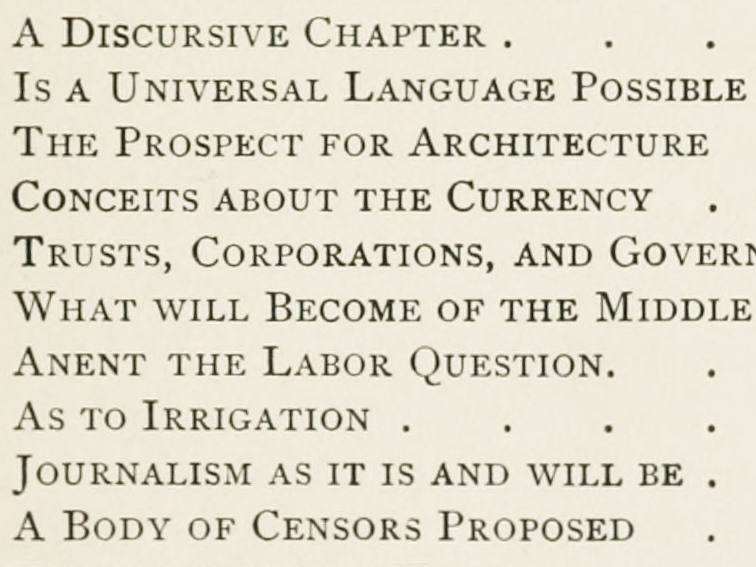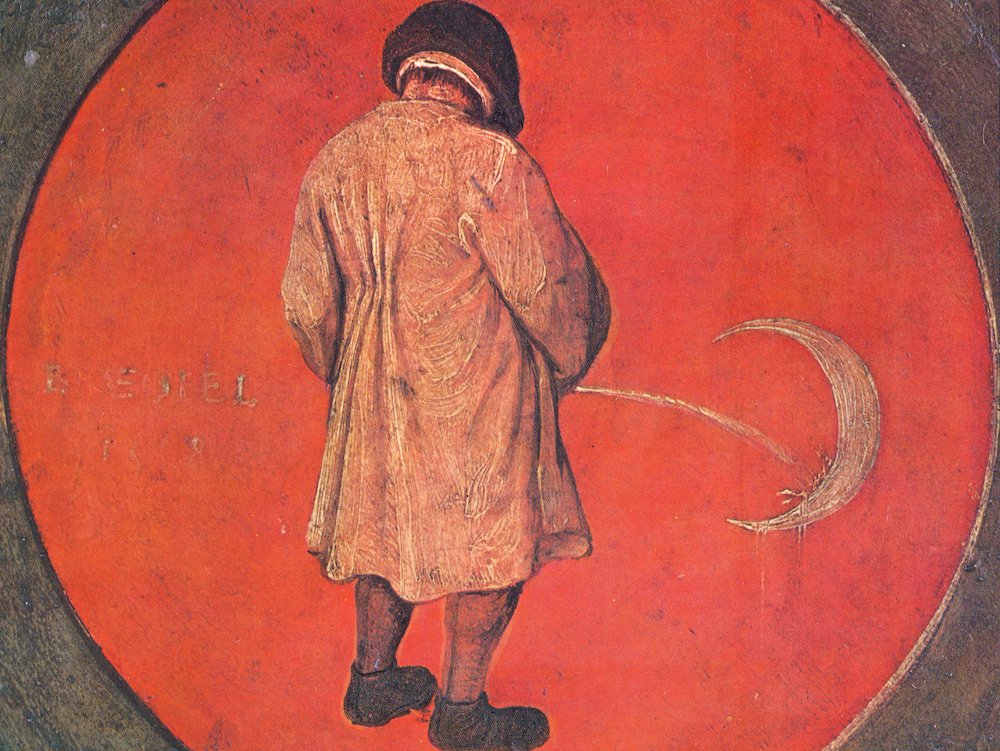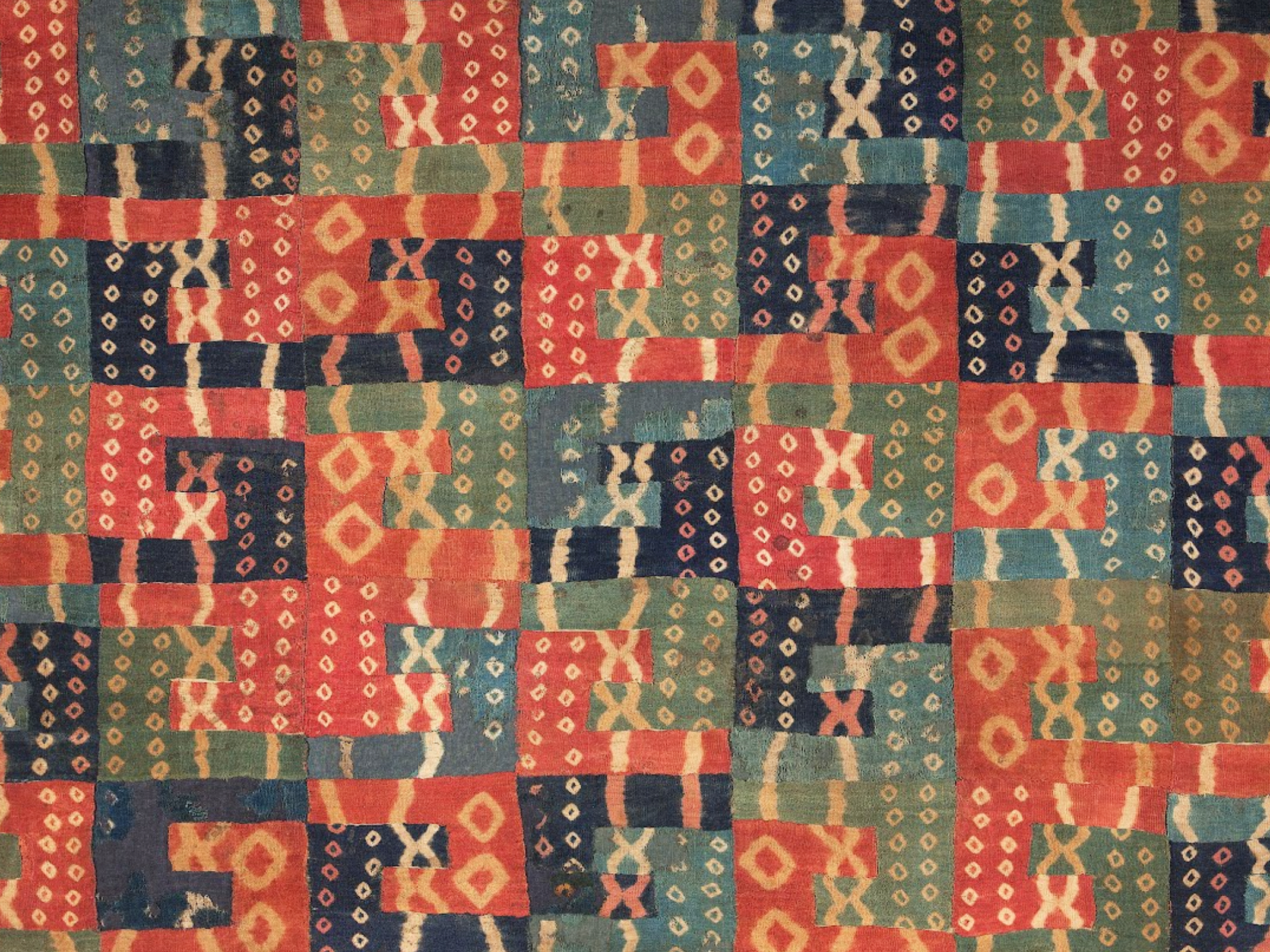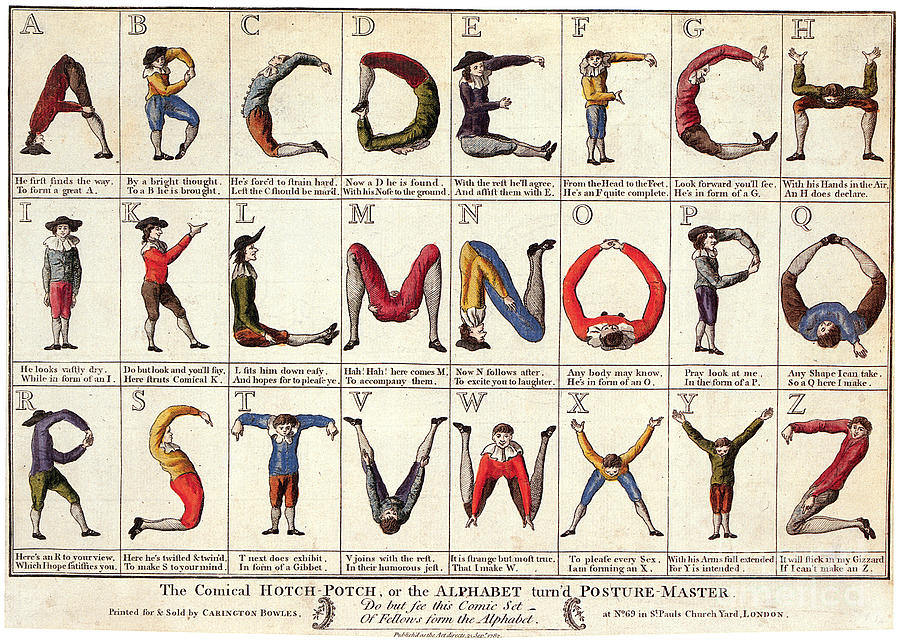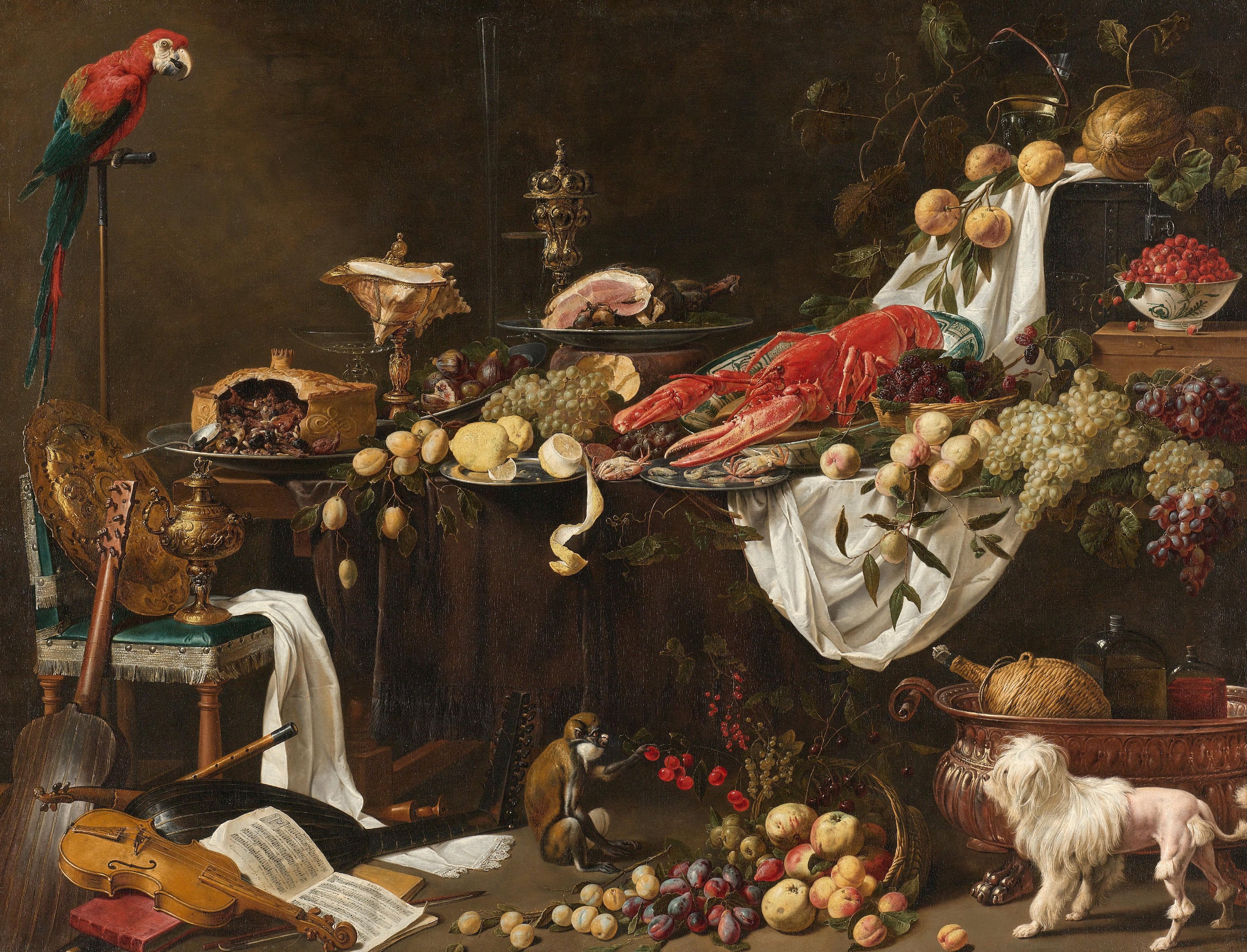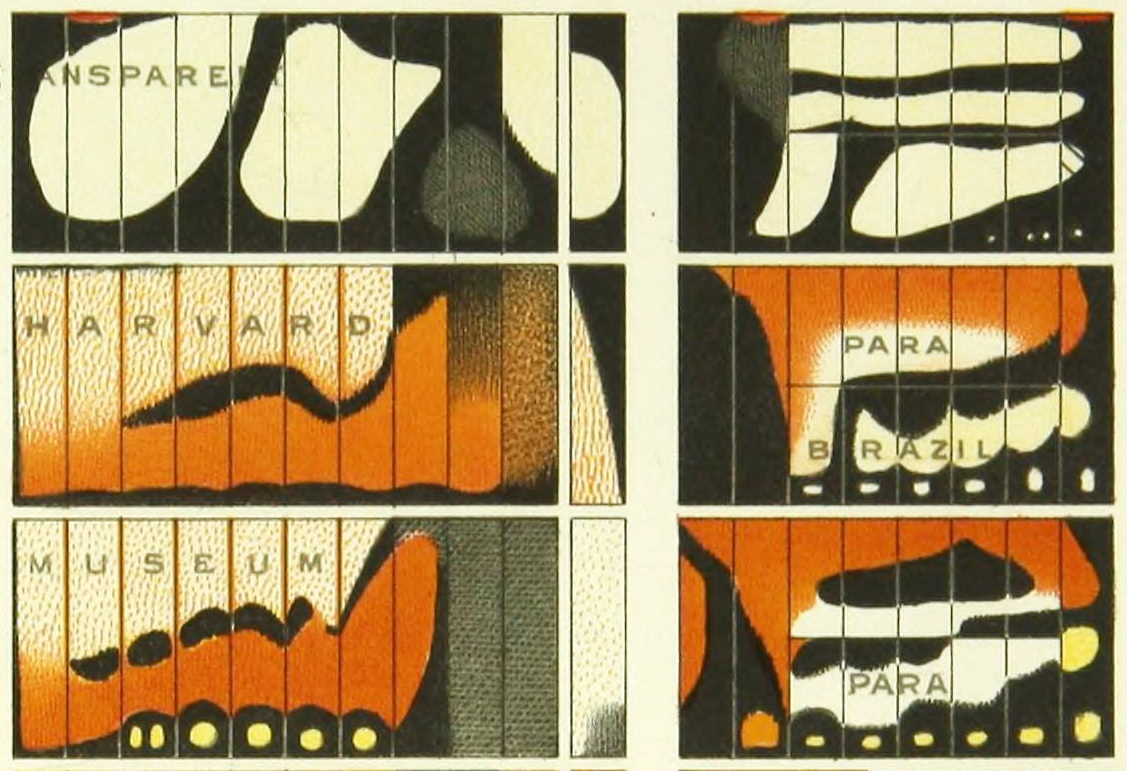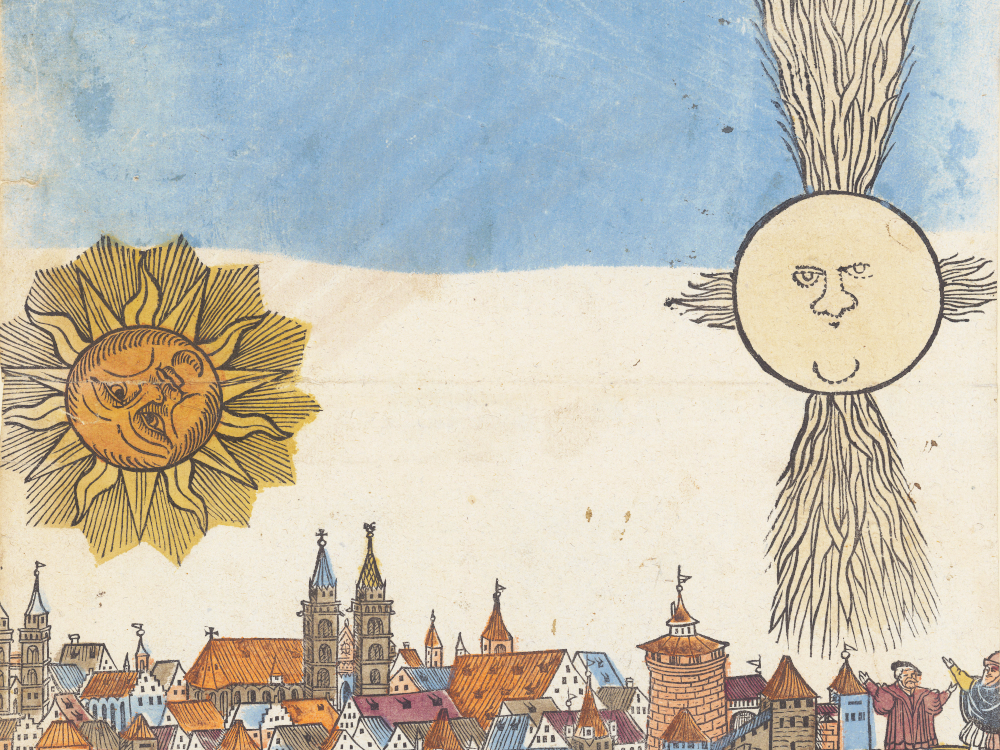Modernist Revival of Reverse Painting
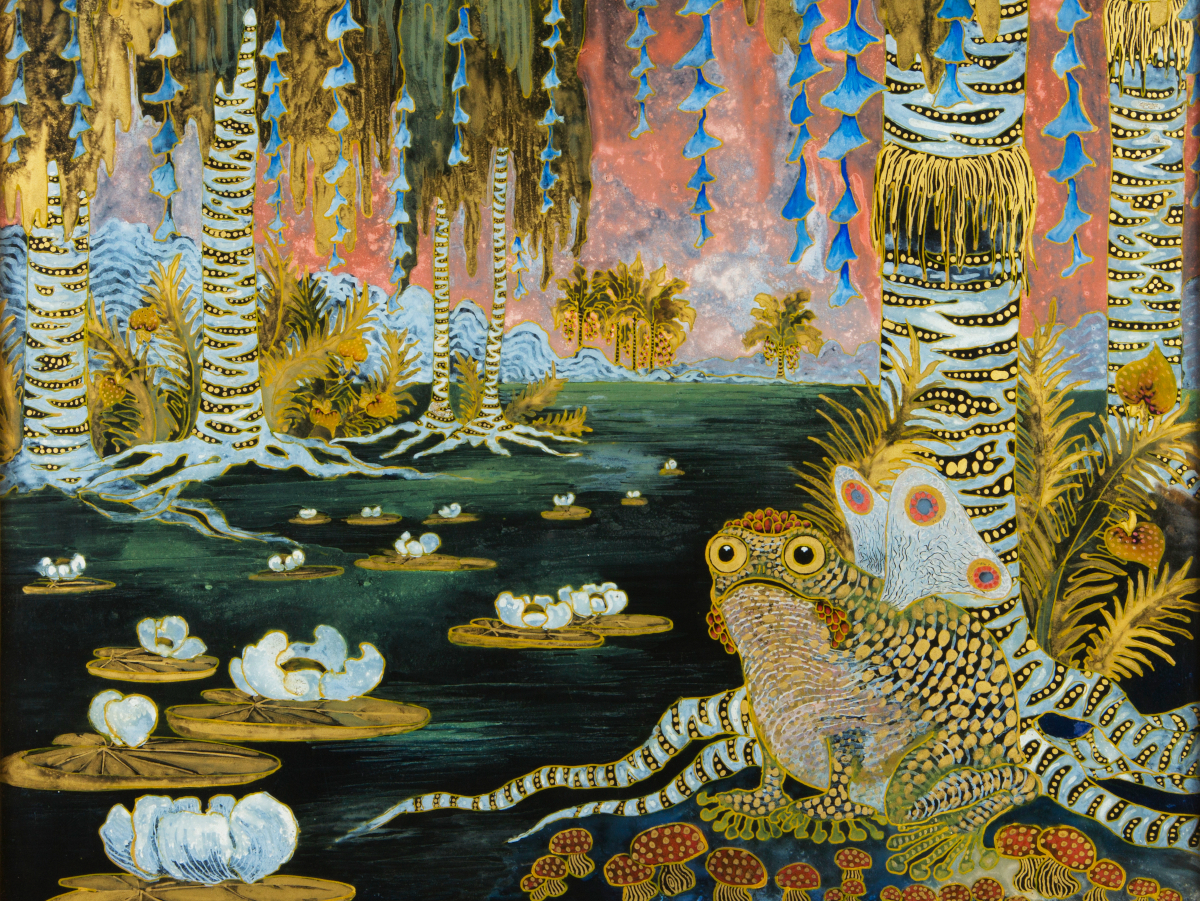
By the early 1900s, reverse painting, or tinsel painting in its American iteration, had fallen out of favor, considered a feminine craft and outdated. However, starting in the 1910s, artists like Marsden Hartley and Rebecca Salsbury James revitalized the technique, expanding on traditional themes and exploring new color palettes, lines, and spatial approaches, giving a modernist twist to this old craft. This coincided with similar work by Janoszanka in Poland, showcasing the power of artistic innovation to reinterpret traditional techniques.
Read more